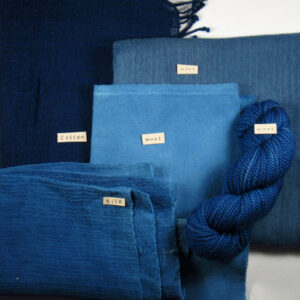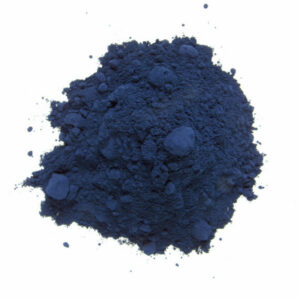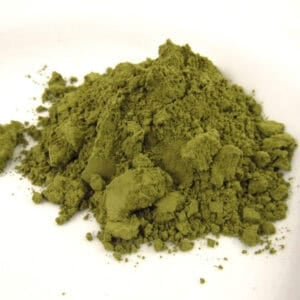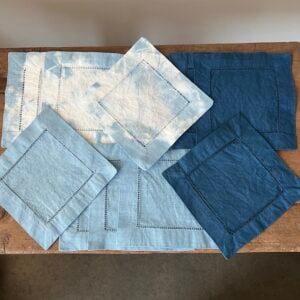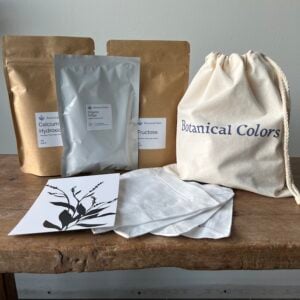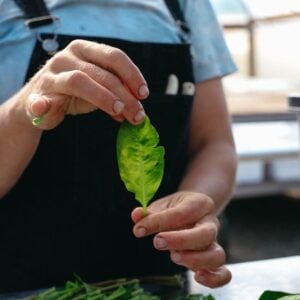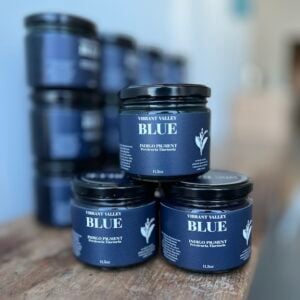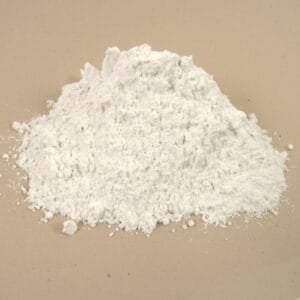On this Sunday Visit, we’re honored to sit down with Harvest & Mill, pioneers in regeneratively grown, U.S.-made organic clothing whose work invites us to slow down and recalibrate our relationship with the land and our wardrobes. As ever, we approach this dialogue in reverence for our continued collaboration—one that roots deeply in shared values of local making, true sustainability, and a belief that changing fashion means changing systems, stitch by stitch.
Their story is one of vision, resilience, and interconnectedness, unraveling the quiet strength behind ethical practice and homegrown materials. Today, we listen and learn from a team shaping the future of textiles not only through innovative fibers and dyes but by nurturing the communities and ecosystems that support their work.
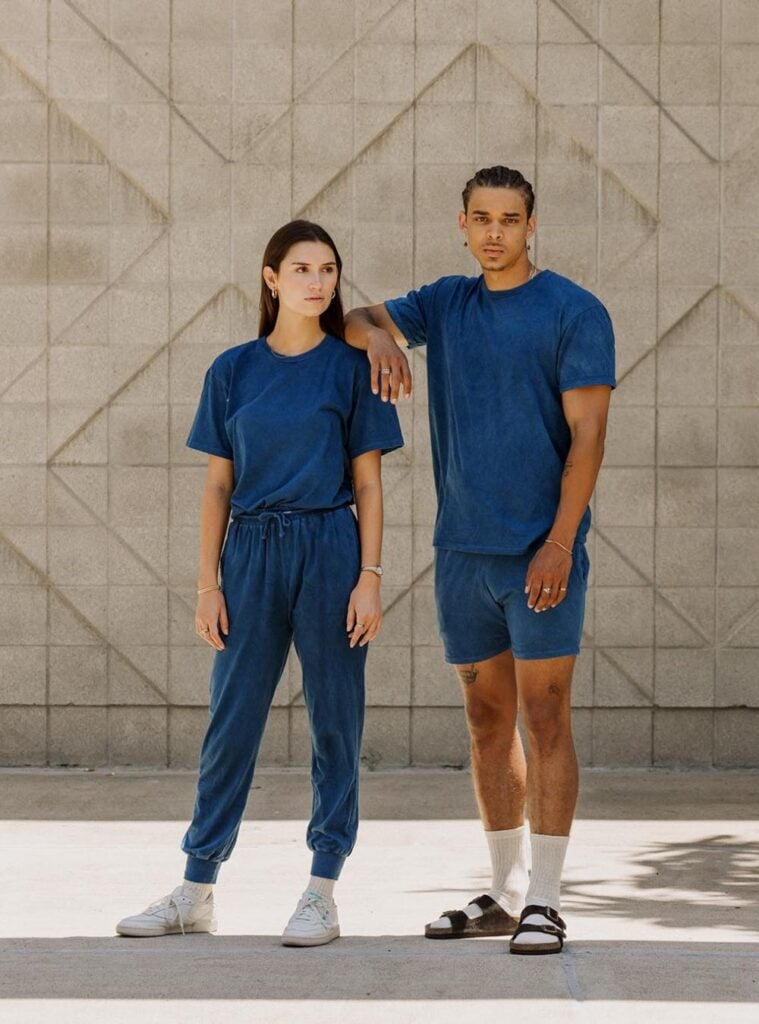
What does “regenerative” mean within your company’s mission, and how does it guide textile decisions from seed to garment?
The word “regenerative” really describes Harvest & Mill’s mission as a whole. Harvest & Mill was founded to rebuild American clothing supply chains with clean and ethical practices from seed to stitch. The word “regenerative’ can definitely apply to agriculture and organic cotton specifically. But for Harvest & Mill, we know that each stage of the supply chain is equally important and should be mutually beneficial. True regenerative thinking is really about systems. That means paying attention to each individual aspect and also how those aspects interact with each other. That’s why we work with US organic and regenerative farmers and also use a fully 100% US domestic supply chain. We can’t just focus on our natural resources and ignore our local communities – we are intertwined. If we truly want to build a regenerative fashion system, we have to consider the whole process.
Our studio is in Berkeley, California and when we first started making clothing in 2012, we were inspired by our local organic farming community. Clothing is first an agricultural product and wearing clothing is a way that we all connect with nature. When we started out, Harvest & Mill was really modeled after the local farm-to-table movement in Northern California and those values still guide the way we make clothing today.

Can you walk through your sourcing process for organic cotton—how are regenerative farming practices verified among your suppliers?
Since our founding in 2012, all of our fabrics have been made with 100% US grown organic cotton. The American organic cotton farmers we work with have been on the cutting edge of organic and regenerative farming practices for decades. They literally helped to write the book on organic and regenerative cotton farming! From banning toxic agrochemicals, using crop rotations, to reducing tillage, to composting, to cover cropping – US farmers have been rebuilding ecosystems and pioneering techniques for many years. Talking with these farmers, visiting their fields and learning more about their practices is one of the most grounding experiences a clothing designer can have. American organic cotton farmers get certified to the USDA standard, just like organic food. One of the benefits of using US regenerative and organic cotton is that the US has some of the highest legal and enforcement standards in the world. Also, it’s invaluable for us that we can hop in a car and drive to our organic cotton farmers and see everything ourselves. For other brands that use international cotton, it’s a lot tougher and there isn’t that level of transparency and accessibility. We highly recommend that any US clothing brand make it their first priority to work with US organic cotton farmers.
How do you collaborate with American growers and mills to ensure every step supports the soil, water, and community health?
We work directly with our 100% US domestic traceable supply chain. As you probably know, most other brands either buy clothing directly from a sewing factory (and force those sewing factories to source fabrics and materials) or maybe they purchase the fabric directly and contract with sewing factories. And of course, most other brands use international supply chains. That system creates opacity in the supply chain, gives big brands plausible deniability for pollution and inhumane working conditions, and exploits workers and natural resources in far-away places.
What Harvest & Mill does is radically different. We work directly with our supply chain entirely in the USA. This ensures that we know exactly where our materials are made and who makes them. From the American organic cotton farmers, to the multi-generational American heritage mills, to our legendary San Francisco sewing craftspeople – we know that every step of our supply chain is supporting local communities across America, keeping our neighborhoods thriving, keeping resources in local economies, minimizing supply chain distances and climate impacts, keeping our local natural resources free of toxic chemicals… the benefits of localizing healthy clothing manufacturing are exponential! Think globally, act locally. We believe that as an American brand, headquartered in America, we need to be growing our organic cotton and manufacturing our clothing locally for the health and benefit of our communities. For anyone interested in exploring the environmental and socio-economic benefits of localized clothing production, please check out our Sustainability+ page https://harvestandmill.com/pages/sustainability-report
Indigo Collaboration with Botanical Colors

What inspired the partnership with Botanical Colors for your indigo collection?
When we decided that we wanted to launch an Indigo Collection, we knew immediately that we wanted to work with Kathy Hattori. Kathy is really well known and respected within the natural dye and regenerative fashion worlds. Not only does Botanical Colors help out brands like Harvest & Mill who want to do production dyeing but even more importantly, Botanical Colors has done so much to build community around natural dyeing. We deeply appreciate how Kathy shares all the materials, techniques, variables and everything that goes into natural dyeing. She empowers and educates people. Frankly, we are honored to work with Kathy, her team (including Kentaro, Cara, Zach and more) and Botanical Colors!
Why Indigo? What does this color mean to you and the brand?
Our design team loves classic and iconic designs, reimagining those designs for modern life, and then making them in the most regenerative, localized way possible. When we decided to work with Kathy and Botanical Colors, we knew we wanted to dye our fan-favorite Joggers. So the idea of indigo dyed pants was a no-brainer for us. Our Indigo Joggers are super versatile, comfortable to move in and basically a modern version of the ultimate “casual pants”, like a 21st century version of jeans.
Looking Ahead

What are the next frontiers for regenerative fashion at Harvest and Mill—are there crops, processes, or collaborations you’re excited to develop?
When we started in 2012, no one thought we could build a brand entirely based on US organic cotton and entirely with US supply chains. But we did and we proved it was possible. Our supply chain (even now 13 years later!) is still the frontier of regenerative fashion – an American brand making ALL of our organic clothing entirely in America with localized, short distance, traceable and carbon neutral supply chains.
Sometimes it feels like regenerative fashion gets too distracted by searching for the “next big thing” while ignoring obviously problematic aspects of their manufacturing process.
Our localized American supply chain is at the heart of what we do. So in terms of the future, we look to cultivate deeper relationships with our organic farmers, our mills, our sewing community and of course, our natural dyers Botanical Colors.
One exciting thing to share is that we do hope to release some new natural dye collections in 2026 dyed by Botanical Colors!
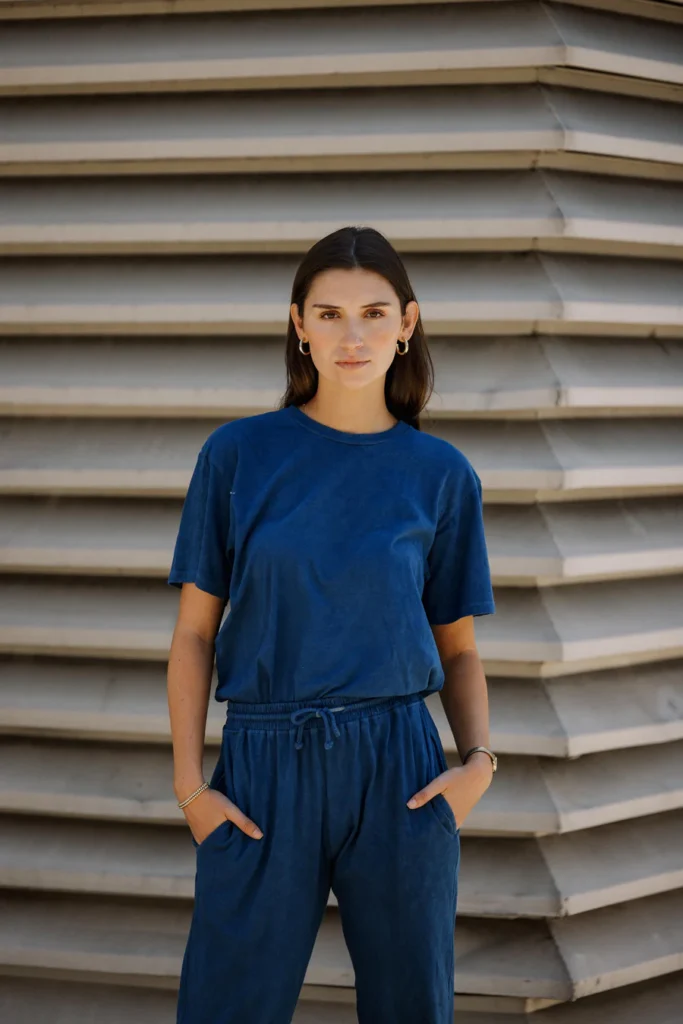
How do you hope your regenerative methodology inspires customers and other brands in the apparel industry?
We want to see more American brands using US grown organic cotton and supporting their local manufacturers. That is one of the most impactful innovations that a US clothing brand can make. And we’d love to see customers asking for more localized production. The public and customers know how destructive the fashion industry has been by exploiting international supply chains. Plus, folks are genuinely interested in how clothing gets made, in organic farming, in manufacturing and would love to see more local textile businesses. It’s actually an incredible thing to know that the tee shirt or pants you are wearing was made entirely in America by farmers keeping our natural resources clean, by workers making a living wage and by people who are making a positive impact. At Harvest & Mill, we believe that clothing should be beautiful in its design and also in its origins. We know a lot of our customers feel the same way.



